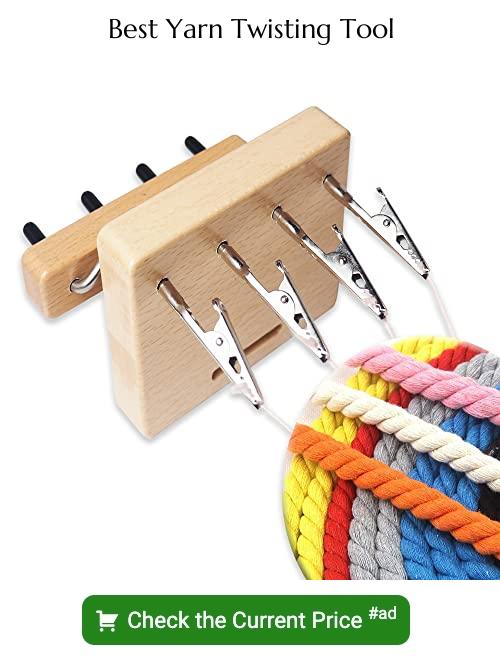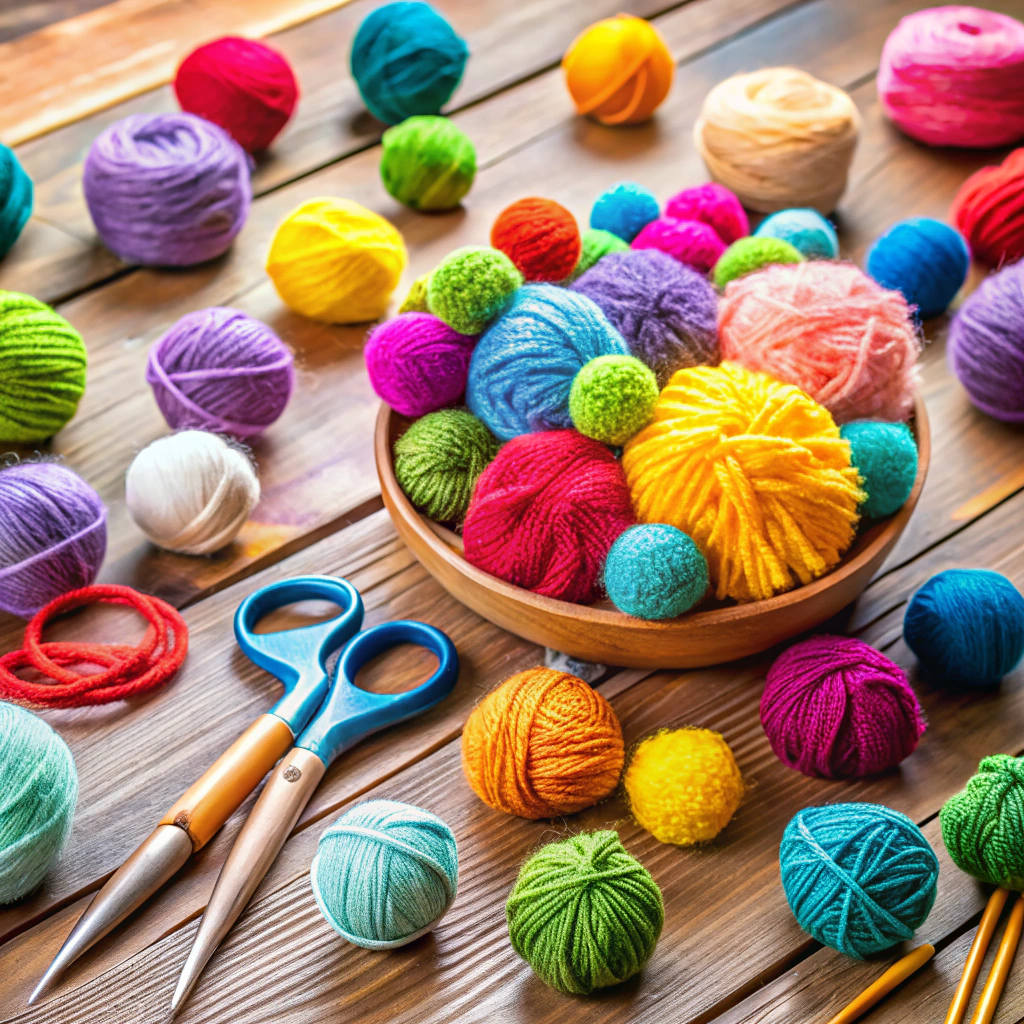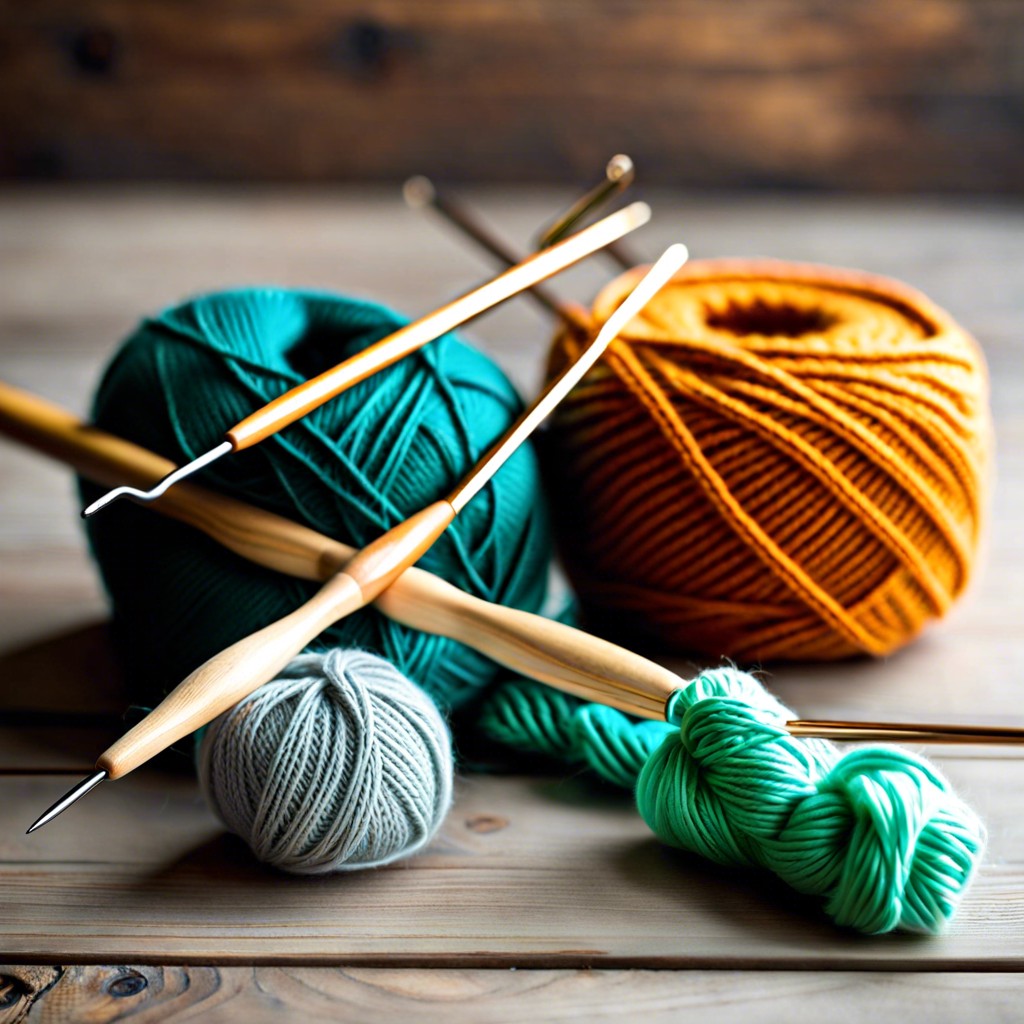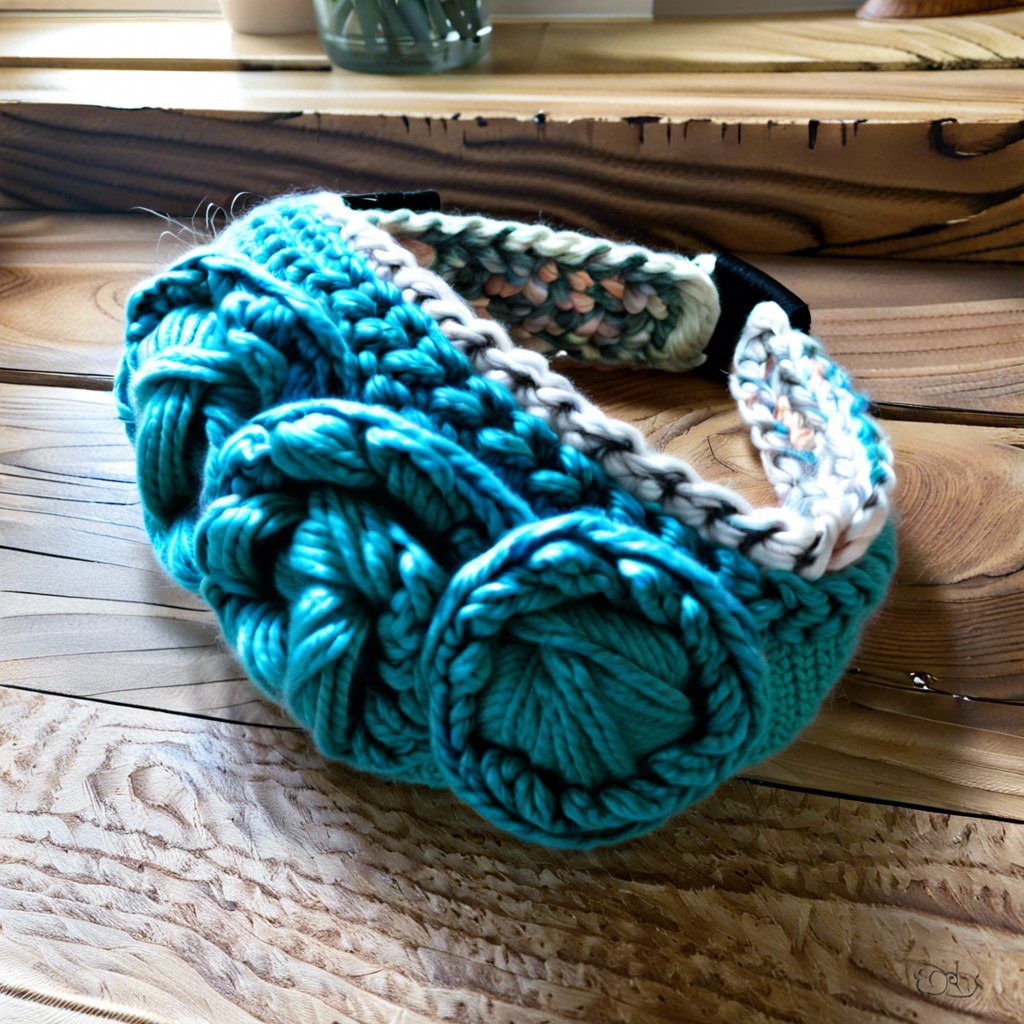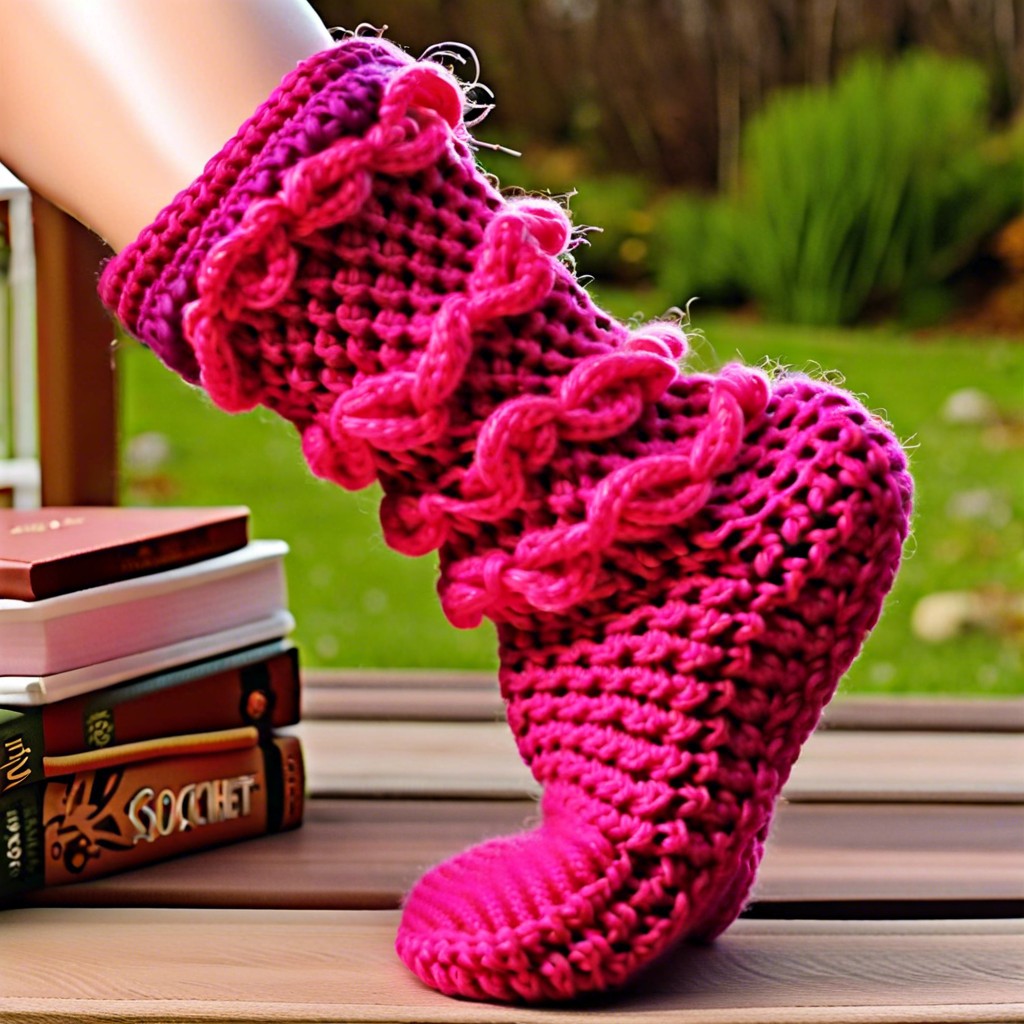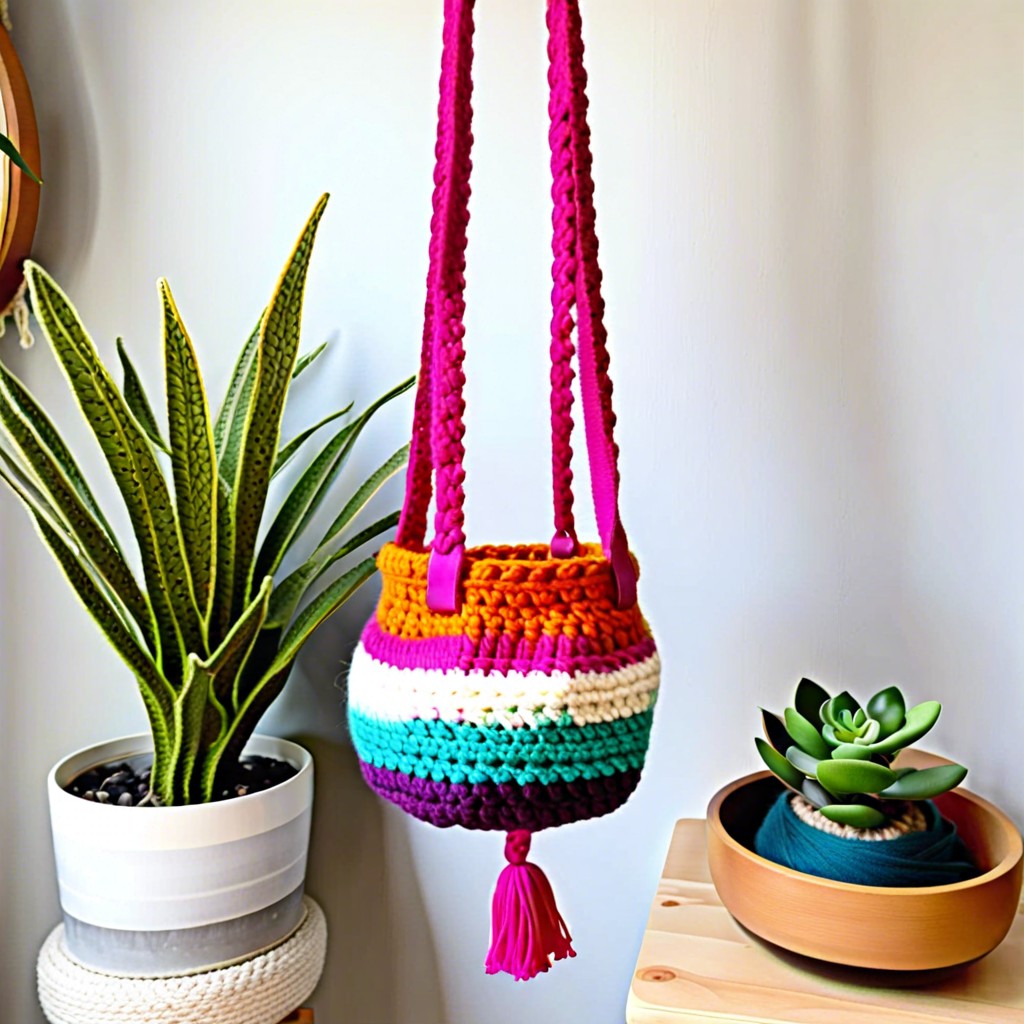Discover the various types of yarn twists as we unravel their unique characteristics and applications in knitting, crochet, and other fiber art projects.
Are you a yarn enthusiast who loves to crochet or knit? If so, then you know that choosing the right type of yarn is crucial for creating a successful project. One aspect of yarn that often gets overlooked is its twist.
Yarn twist refers to the direction in which the fibers are spun together to create the strand. It may seem like a small detail, but it can make a big difference in your finished product.
In this article, we will explore different types of yarn twists and how they can affect your crafting experience. So grab your hooks and needles, and let’s dive into the world of yarn twists!
Classification of Yarn
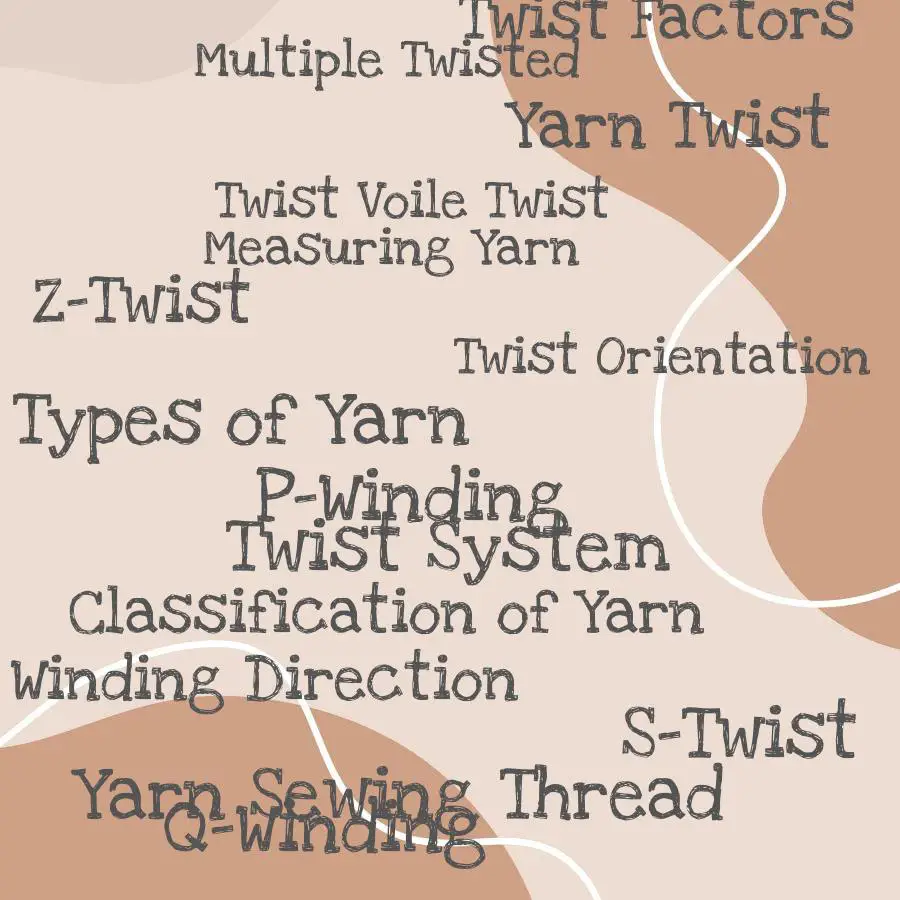
The two main classifications of yarn are single-ply and plied yarns. Single-ply yarn is made up of a single strand of fibers twisted together in one direction, while plied yarn consists of multiple strands twisted together in the opposite direction to create a stronger and more durable fiber.
Single-ply yarn is often used for delicate projects such as lacework or shawls because it has a softer drape than plied yarn. However, it may not hold up well under tension or wear over time due to its lack of strength.
Plied Yarns are commonly used for heavier garments like sweaters or blankets because they have greater durability and stitch definition than single ply options. They also tend to be less prone to pilling since the individual strands help distribute stress evenly across the fabric surface.
Yarn Twist Factors
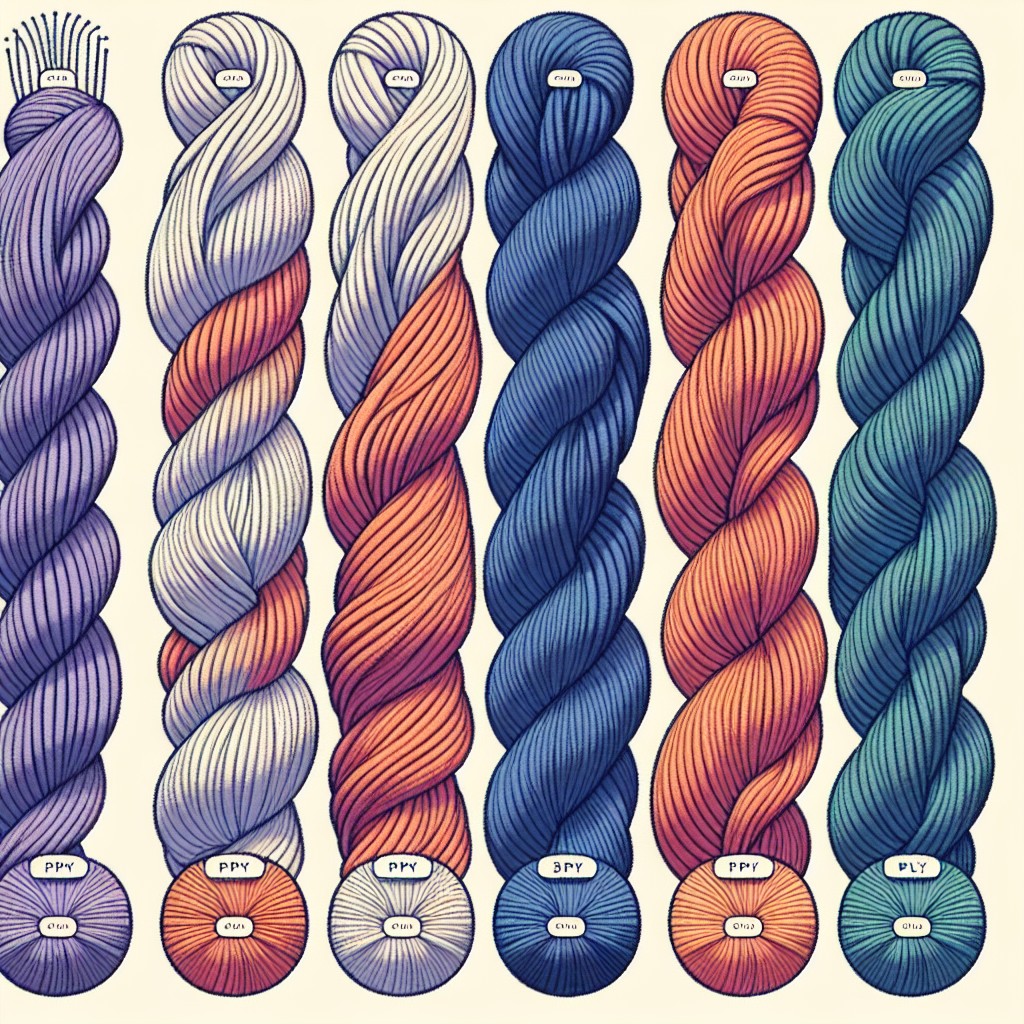
One of these is the fiber type used to make the yarn. Different fibers have different characteristics that affect how they behave when spun into a strand.
For example, wool fibers are naturally crimped, which helps them hold together and create a strong twist.
Another factor that affects yarn twist is spinning technique. The way in which fibers are twisted together during spinning can impact both the strength and appearance of the finished product.
The thickness or weight of a yarn also plays an important role in determining its ideal level of twist. Thicker or heavier weight yarns typically require less twisting than thinner ones to maintain their structure.
Intended use should be considered when selecting appropriate levels and types of twists for your project’s success as some projects may require more durable strands while others may need softer ones with less tension on them.
Measuring Yarn Twist
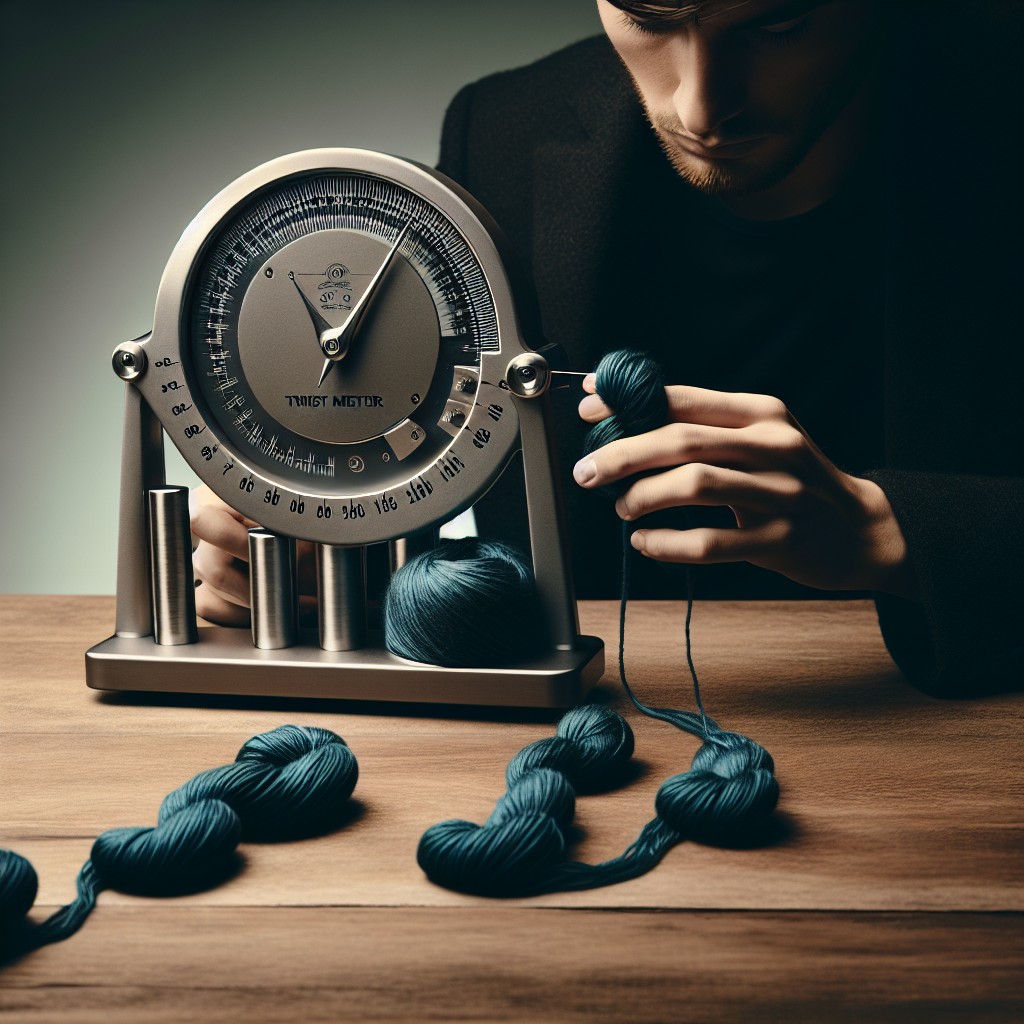
Measuring the twist of a yarn strand can be done in several ways, but the most common method is using a tool called a “twist counter.” A twist counter measures the number of turns per inch (TPI) in a strand of yarn.
To use this tool, you simply place your strand of yarn between two hooks on the device and turn one hook while holding onto the other. The number displayed on the gauge indicates how many twists are present in each inch of your sample.
It’s important to note that different types of fibers require different amounts and directions for their twists. For example, wool typically requires more twists than cotton or silk to maintain its structure.
Some patterns may call for specific TPI measurements depending on their desired outcome.
Twist Orientation
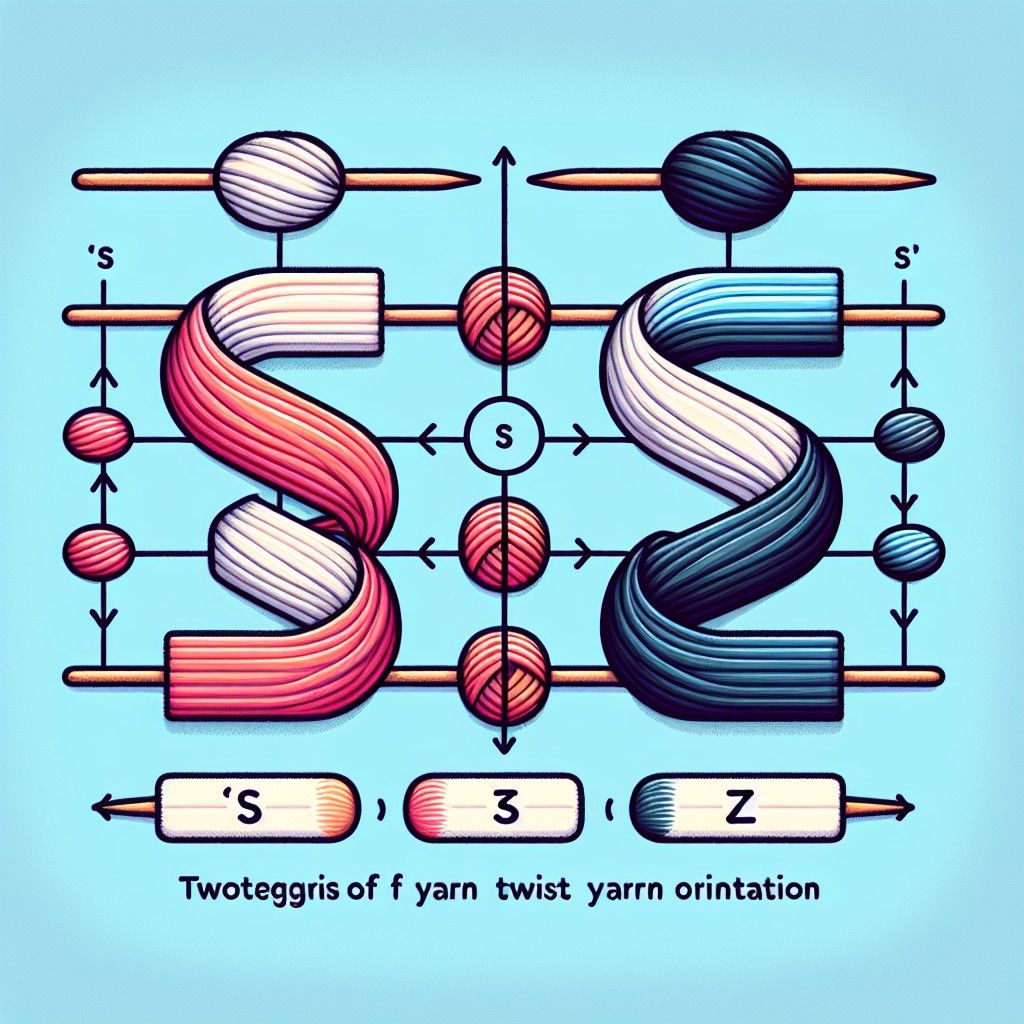
The two most common types of twist orientations are S-twist and Z-twist. In an S-twisted yarn, the fibers are twisted together in a leftward direction, while in a Z-twisted yarn, they are twisted together in a rightward direction.
The choice between these two orientations depends on your project’s requirements and personal preference. Some patterns may call for one over the other due to their stitch structure or drape characteristics.
It’s essential to note that when working with multiple strands of different twists (S and Z), it can cause them to untwist each other as you work on your project. Therefore it is best practice always to use either all S or all Z twists when combining strands.
S-Twist
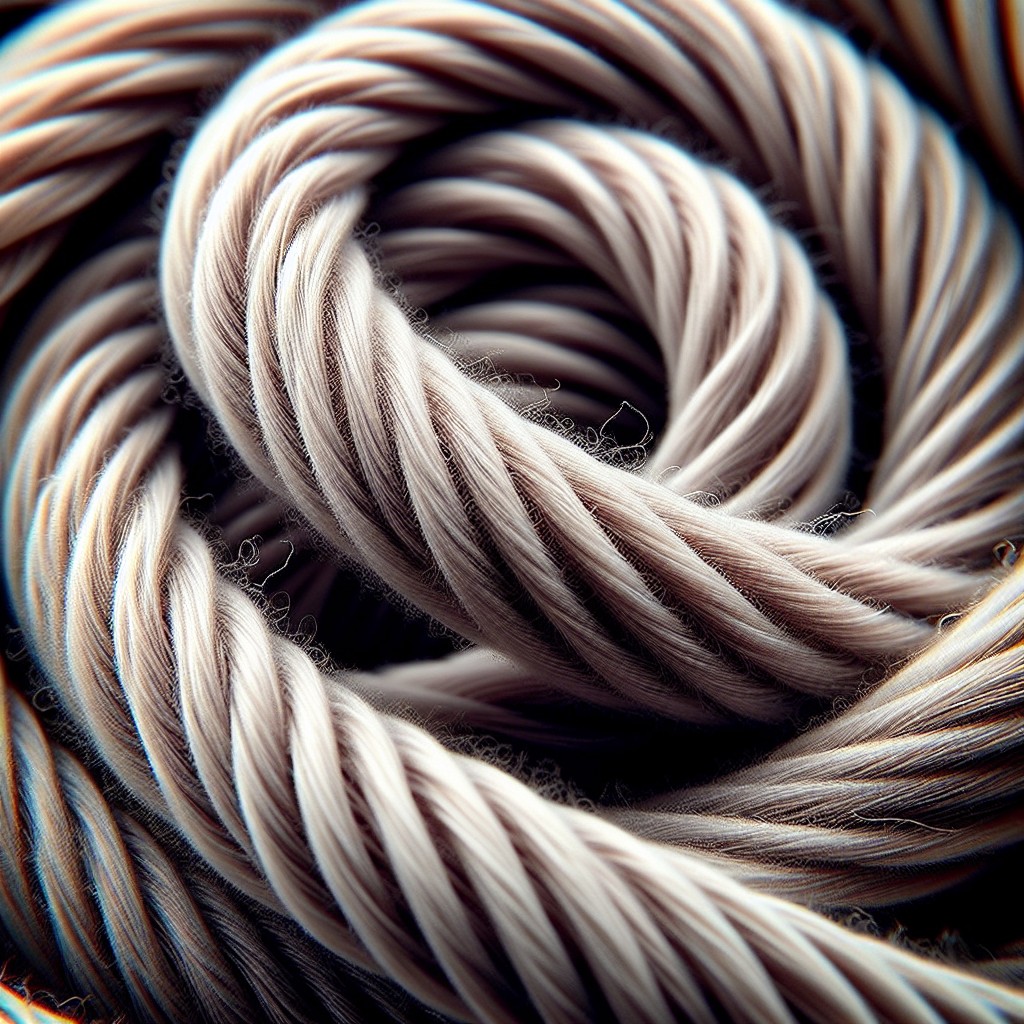
It refers to a twist that moves in a counterclockwise direction, creating an “S” shape when viewed from the end of the strand. S-twist yarns are commonly used in knitting and crochet projects because they tend to unravel less easily than Z-twist yarns.
When working with S-twist yarn, it’s essential to keep track of its orientation as you work on your project. If you accidentally switch from an S-twisted strand to a Z-twisted one or vice versa, it can affect how your stitches look and even cause them to come undone over time.
Understanding different types of twists is crucial for any fiber artist who wants their creations to stand out both aesthetically and functionally.
Z-Twist
Z-twisted yarns are spun in a clockwise direction, and they have a more pronounced diagonal line running from top left to bottom right when viewed from above. This type of twist is commonly used for crochet projects because it creates stitches that hold together well and don’t unravel easily.
When working with Z-twisted yarns, it’s important to keep in mind that they can be prone to untwisting as you work. To prevent this from happening, make sure you’re holding your hook or needle at an angle that allows the twist to remain intact as you pull through each stitch.
Multiple Twisted Yarn
This process creates a thicker, stronger strand that can be used for heavier projects like blankets and sweaters. The number of plies used in multiple twisted yarn can vary depending on the desired thickness and strength.
One benefit of using multiple twisted yarn is its durability. Because it’s made up of several strands, it’s less likely to break or unravel during use than single-ply options.
The texture created by this type of twist adds depth and interest to your finished project.
When working with multiple twisted yarns, keep in mind that they may require larger needles or hooks due to their thickness. It’s also important to pay attention to the direction each individual ply was spun when combining them into one strand – if they’re not all going in the same direction (either S-twist or Z-twist), you could end up with an uneven final product.
Sewing Thread Twist
Unlike knitting or crochet yarn, sewing thread has a tighter twist to prevent it from unraveling during the stitching process. The most common type of sewing thread twist is the S-twist, which means that the fibers are spun together in a counterclockwise direction.
When selecting sewing threads for your projects, it’s essential to consider their intended use and fabric weight. A heavier fabric will require thicker threads with more significant twists than lighter fabrics.
Understanding different types of yarn twists can help you choose the right one for your project needs.
The Voile Twist
This twist involves two or more strands of yarn twisted together in one direction, and then those plies are twisted together in the opposite direction. The result is a soft, lightweight fabric with excellent drape and breathability.
This type of twist can be found in voile fabrics, which are often used for summer dresses and blouses due to their lightness and airy feel. The Voile Twist also works well for creating lace patterns as it allows for intricate designs without adding bulk to the finished product.
When working with this type of yarn twist, it’s important to keep track of your tension as too much pressure can cause the fibers to break apart or become unevenly distributed throughout your project. However, once you get comfortable using this technique, you’ll find that it adds an extra level of sophistication to your work.
Other Twists
These include cable twist, boucle twist, crepe twist, and slub yarn. Cable twisted yarns have a plaited appearance with two or more strands twisted together to form a single strand.
Boucle twists feature loops of fiber that create an interesting texture when knitted or crocheted.
Crepe twists have tight turns which give them a crinkled appearance while slub yarn has thickened areas along its length creating an uneven texture in finished projects.
Each type of twist offers unique characteristics to your project such as added texture or visual interest.
Number of Turns in Twist
The number of twists per inch (TPI) can affect the strength, texture, and drape of your finished product. A higher TPI means more twists per inch and results in a stronger, smoother yarn with less stretch.
On the other hand, a lower TPI creates fluffier or fuzzier textures that are ideal for certain types of projects like scarves or blankets.
When choosing a yarn with multiple plies twisted together, it’s essential to pay attention to both the individual ply twist as well as overall TPI. Too much twist can cause pilling or make it difficult to work with while too little may result in weak spots that break easily.
Twist Coefficient
It is calculated by dividing the number of turns per inch (TPI) by the diameter of the yarn in inches. The higher the twist coefficient, the more tightly twisted and dense your yarn will be.
The Twist Coefficient plays an important role in determining how well your finished project will hold up over time. A high twist coefficient can make your project more durable and resistant to wear and tear, while a low one may result in pilling or unraveling.
When choosing which type of yarn to use for your next project, consider its Twist Coefficient along with other factors such as fiber content, weight, texture, and color.
Doubling
This technique can be used to achieve different effects in your projects, such as adding texture or creating color variations. Doubling also helps to increase the durability and stability of your finished product.
To double yarn, you will need two skeins of the same type and weight. Hold both strands together and twist them in the opposite direction from their original twist until they are tightly twisted around each other.
Then use this doubled-up strand as if it were one single strand.
Keep in mind that doubling may affect your gauge (the number of stitches per inch) so make sure to check it before starting your project. Also note that some patterns may require specific types or amounts of yarn, so always read through instructions carefully before making any modifications.
Winding Direction
The direction in which the fibers are wound onto a bobbin or cone can affect how they behave when spun together. There are two types of winding directions: p-winding and q-winding.
In p-wound yarn, the strand is wrapped clockwise around a central core, while in q-wound yarn, it’s wrapped counterclockwise. This difference may seem small but can have significant effects on your finished project.
Ply direction also plays an essential role in determining whether to use p- or q- winding for your project. For example, if you’re working with single-ply woolen-spun yarns (S-twist), then using a p-wrap will help keep them from untwisting as you work with them.
On the other hand, if you’re working with plied Z-twisted cotton threads that tend to unravel quickly during handling and washing processes due to their inherent structure – then choosing Q-Wind would be more appropriate since it helps hold these strands together better than P-Wind does!.
P-Winding
This method involves winding the yarn in a clockwise direction, creating an S-twist when it’s plied together with another strand. P-Winding is commonly used for weaving and knitting projects where high tensile strength and durability are required.
When using p-wound yarn, it’s essential to consider its properties carefully before starting your project. The twist can affect how well your stitches hold up over time, as well as how much stretch or give there will be in your finished product.
If you’re unsure about whether p-wound yarn is right for your project, try experimenting with different types of twists until you find one that works best for you.
Q-Winding
It involves winding the yarn in a spiral pattern, with each successive turn being at an angle to the previous one. This creates a more stable and durable yarn that can withstand wear and tear better than other types of twists.
One advantage of q-winding is its ability to create a balanced twist, which means that there are equal numbers of S-twists and Z-twists in the strand. This makes it easier to work with when knitting or crocheting since it doesn’t tend to bias or skew your stitches.
Another benefit of q-winding is its ability to produce smoother fabrics with less pilling (the formation of small balls on fabric). The spiral pattern helps keep fibers from rubbing against each other too much, reducing friction and preventing fuzziness.
Q-winding offers many advantages for those who want high-quality yarns for their projects.
Twist System
The twist system can vary depending on the type of fiber, intended use, and desired effect. There are several different twist systems that you may encounter when working with yarn.
One common twist system is known as “S-twist.” This means that the fibers have been spun together in a counterclockwise direction. Another popular option is “Z-twist,” where the fibers are spun clockwise instead.
The choice between S-twist and Z-twist depends on personal preference and project requirements. For example, if you’re making a garment or accessory that will be worn close to your skin, you may want to choose an S-twisted yarn because it tends to be softer than Z-twisited ones.
Understanding how different twists affect your projects can help take your crafting skills up another level!.
FAQ
What is S or Z twist yarn?
S-twist yarn is spun counter-clockwise for right-handed twill, and Z-twist yarn is spun clockwise for left-handed twill, resulting in softer finished material.
What is the twist in yarn called?
The twist in yarn is called "ply".
Is S or Z twist better for crochet?
Answer: Z-twisted yarn is better for right-handed crochet as it enhances the appearance of the finished piece due to its compatibility with the crochet process.
What is the Z twist?
The Z twist refers to the diagonal appearance of individual filaments or combined yarns in a twisted yarn, resembling the letter "Z" when held vertically.
What is the difference between S twist and Z twist yarns in terms of their structure and usage?
S twist yarns have fibers twisted to the left (counter-clockwise), while Z twist yarns have fibers twisted to the right (clockwise), which can affect the texture and appearance in usage.
How does yarn twist affect the strength and texture of the final fabric?
Yarn twist impacts the strength and texture of the final fabric by increasing its strength, durability, and elasticity, while also influencing its softness, smoothness, and appearance.
What factors determine the optimal twist direction for a specific yarn application?
The optimal twist direction for a specific yarn application is determined by factors such as fiber type, intended end-use, and desired fabric or textile properties.
